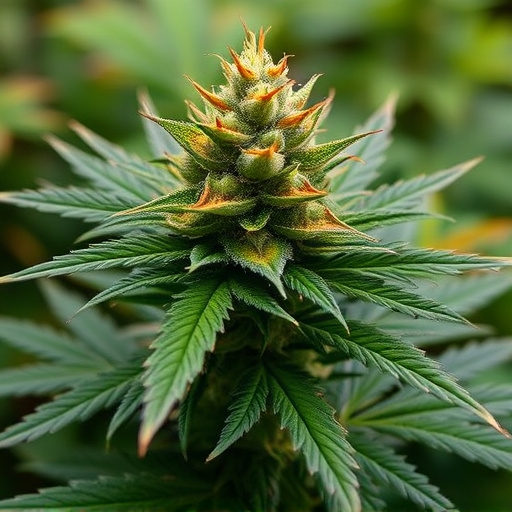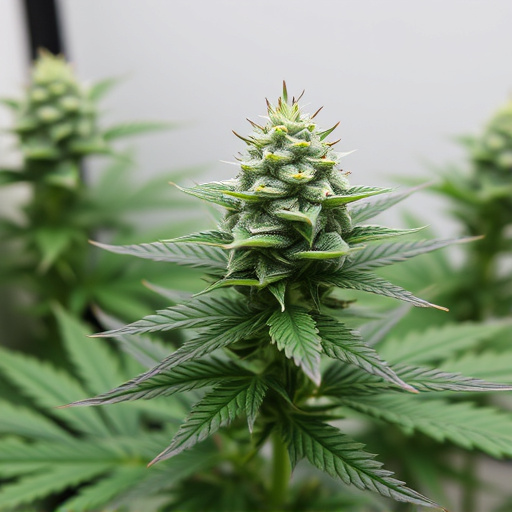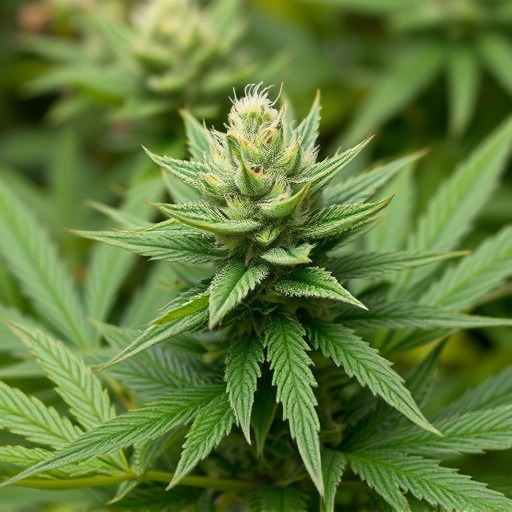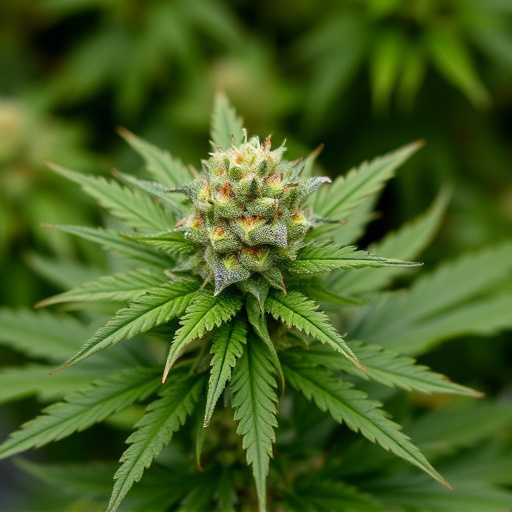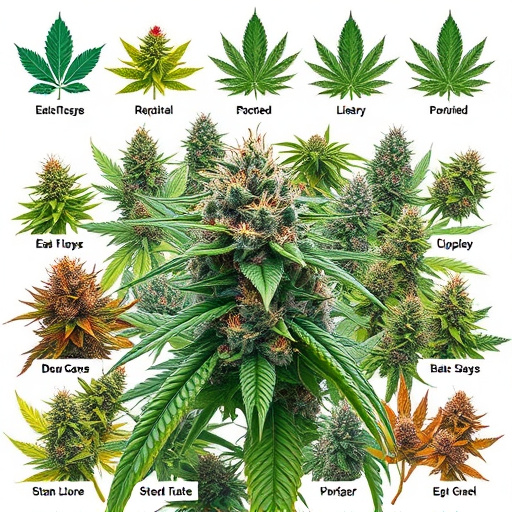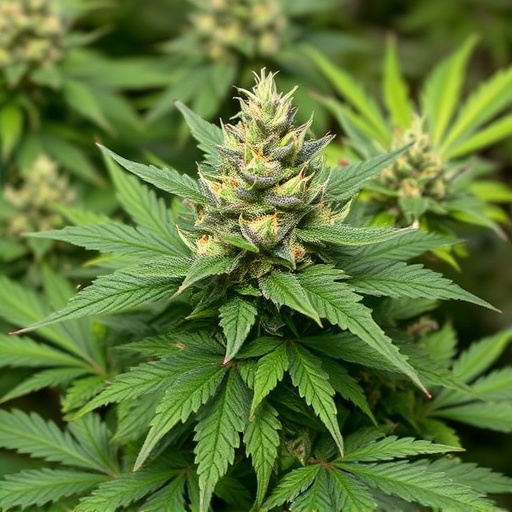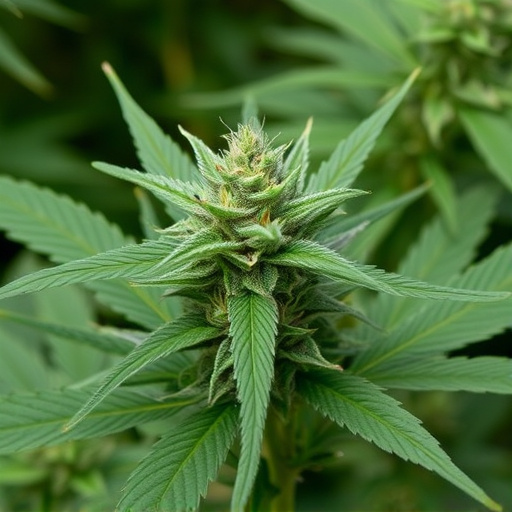Medical marijuana strain detection times vary significantly due to their unique cannabinoid profiles, with higher THC leading to longer windows and CBD being more rapidly metabolized. Individual metabolic factors like age, weight, health, and enzyme activity also play a role. Genetic variations within strains further complicate detectability, emphasizing the importance of understanding specific strains' effects on excretion when conducting drug tests for medical marijuana users. Faster metabolizers may clear cannabis more quickly, making it undetectable in shorter times compared to slower metabolizers.
“Unraveling the intricate factors that dictate cannabis detection times is paramount, especially in the context of medical marijuana strains. This article delves into the complex interplay of metabolic variations within cannabis plants and individual human physiological differences. We explore how consumption methods, frequency, and external variables influence drug detection windows.
Additionally, we scrutinize the role of advanced laboratory techniques like GC-MS and LC-MS in refining detection timelines, highlighting the importance of standardization. Emerging technologies also play a part, potentially redefining the boundaries of cannabis detection.”
- Metabolic Factors Influencing Detection Times
- – Genetic variations in cannabis plants and their impact on metabolite excretion rates
- – Individual metabolism differences affecting drug detection windows
Metabolic Factors Influencing Detection Times
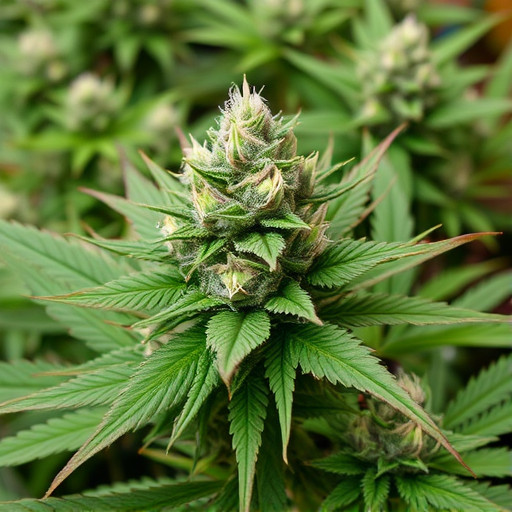
The metabolic factors play a significant role in determining the detection times of cannabis in an individual’s system. The unique chemical composition of different medical marijuana strains, characterized by varying levels of cannabinoids such as THC and CBD, influences how quickly and for how long these compounds are detectable. Higher concentrations of THC, the primary psychoactive compound, generally result in longer detection windows due to its slower metabolism. In contrast, CBD, known for its potential therapeutic effects, is typically metabolized faster, leading to shorter detection periods.
Additionally, individual metabolic variations contribute to the varying detection times. Factors like age, weight, overall health, and enzyme activity can impact how quickly the body processes cannabis compounds. Faster metabolism may lead to quicker elimination of cannabinoids from the system, while slower metabolism could extend the window during which these substances remain detectable.
– Genetic variations in cannabis plants and their impact on metabolite excretion rates

Genetic variations among cannabis plants play a significant role in determining detection times, especially for those who use or are tested for medical marijuana strains. Different genetic lineages and breeds can produce subtle yet measurable differences in the rate at which cannabinoids like THC (tetrahydrocannabinol) and its metabolites are excreted from the body. This is crucial information for patients and healthcare providers alike, as it helps in understanding the potential impact of different strains on drug-testing results.
For instance, some medical marijuana strains may have been bred to enhance the concentration of THC, which could lead to longer detection windows. Conversely, other strains with lower THC levels might result in shorter detection times. Additionally, genetic modifications can influence the metabolism and excretion rates of these compounds, further complicating or simplifying the detection process. These variations underscore the importance of knowing the specific strain and its effects on metabolite excretion when considering drug testing for individuals using medical marijuana.
– Individual metabolism differences affecting drug detection windows
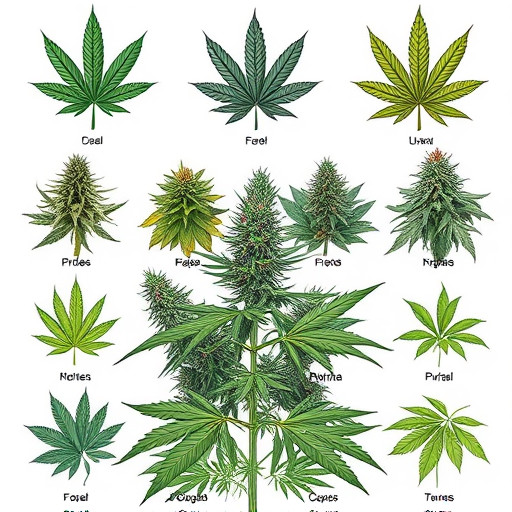
The time it takes for cannabis to be detectable in an individual’s system can vary greatly due to differences in metabolism, a complex process that breaks down drugs and determines their elimination rate. Everyone metabolizes substances differently, influenced by factors like age, weight, overall health, and genetics. For those who consume medical marijuana strains, understanding these metabolic variations is crucial for managing potential drug-testing outcomes.
Metabolism plays a significant role in the detection window of cannabis, which refers to the period after consumption when traces of the compound can be identified in bodily fluids or tissues. Faster metabolizers may clear cannabis from their system more rapidly, making it undetectable within a shorter time frame compared to slower metabolizers. This variation underscores the importance of considering individual biological factors when assessing cannabis detection times and highlights the need for personalized approaches in managing potential legal or medical consequences related to its use.
Understanding the factors that influence cannabis detection times is crucial, especially for those navigating legal and medical marijuana strains. Genetic variations in cannabis plants and individual metabolic differences play significant roles in determining how long cannabinoids remain detectable. These insights are essential for patients, healthcare providers, and legal authorities to set realistic expectations and ensure fair practices, fostering a more informed and responsible approach to medical marijuana use.

